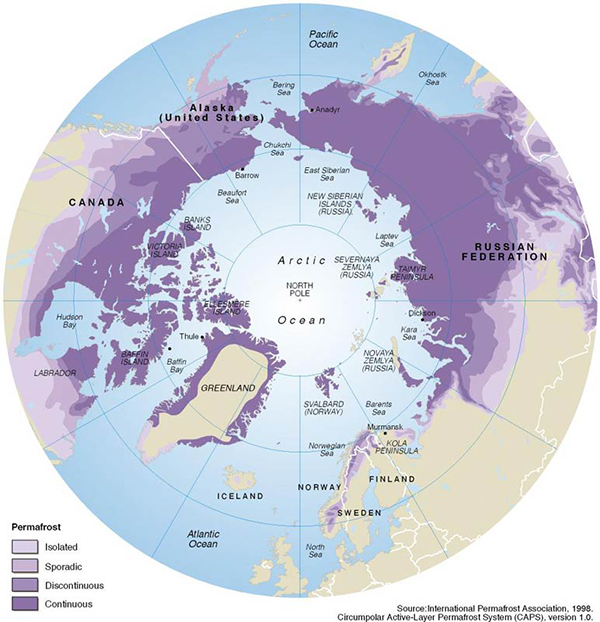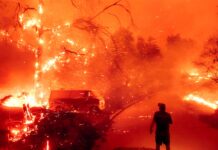Russian scientists studying methane emissions from underwater permafrosts announced in October that they discovered an alarming 50-square-foot patch of East Siberian Sea that is “boiling with methane bubbles.” The findings have alarmed experts studying the consequences of permafrost methane emissions.
Lead scientist and Russian researcher Igor Semiletov released a statement in October noting the incredible but troubling discovery. “This is the most powerful seep I have ever been able to observe,” Semiletov said, describing the methane gas bubbling up from the seafloor to the surface. “No one has ever recorded anything similar.”
Semiletov has previously taken part in over 40 Arctic expeditions, and set sail in August on the Academic Mstislav Keldysh to where the methane leaks are known, just east of Bennett Island in the East Siberian Sea. Scientists from the United States, the United Kingdom, Italy, the Netherlands, and Sweden accompanied him in making the discovery of “violent bubbles” making the water “boil.”
Permafrost is a mix of soil, sand and rocks bound and trapped by ice for two or more years and is primarily found in the uppermost areas of the Northern Hemisphere. It is now believed that a warming planet is causing the ice to thaw and release not only dangerous methane, but unknown ancient bacteria and viruses as well as carbon dioxide.
The scientific climate models show a world where permafrost thaws in the 21st century.

According to the US Environmental Protection Agency (EPA), although methane has a much shorter lifetime compared to carbon dioxide, the impact is 25 times greater over a 100-year period.
The consequences of a thawing permafrost beneath land and water increasingly concern experts. Recently, the Washington Post reported on a region of Eastern Siberia, where “stunning and dramatic” scenes showed buildings collapsing.
“Sections of many older, wooden buildings already sag toward the ground—rendered uninhabitable by the unevenly thawing earth,” Washington Post reported, and “rivers are rising and running faster,” sweeping away neighborhoods and turning pastures into swampland.
Semiletov and his research team have noted the concentration of methane in the atmosphere east of Bennett Island as being nine times higher than the global average.
According to expedition member Sergei Nikiforov, they “could see how gas was rising to the surface from the black depths of the sea in thousands of bubbly strands,” as the researchers drew closer to the “emerald-coloured” methane fountain.
Sediment, water and gas samples were taken by scooping up “the extraordinarily large methane bubbles in buckets rather than small plastic capsules and filling several pressurised cannisters.”
The following day, the expedition stumbled upon a second giant seep of the same size. According to Nikiforov, the discovery of two seeps in rough ocean is unheard of and is “harder than finding a needle in a haystack.”
Jim Walsh, an energy policy analyst, commented on the report. “This is truly terrifying,” Walsh tweeted. “If someone tells you we can’t get #OffFossilFuels that fast, you can tell them we can’t get off fossil fuels fast enough,” he said.






